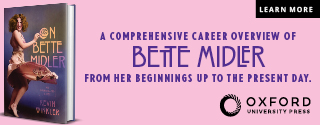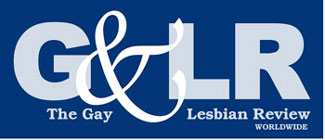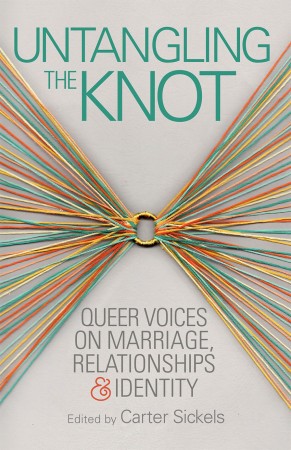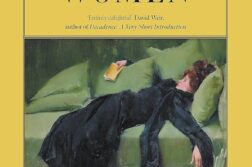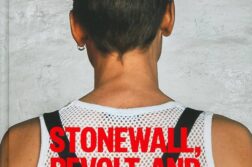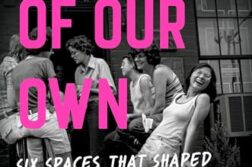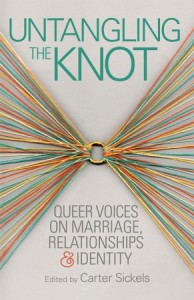 Untangling the Knot: Queer Voices
Untangling the Knot: Queer Voices
on Marriage, Relationships, and Identity
Edited by Carter Sickels
Ooligan Press. 248 pages, $16.95
In an era when so much effort has been directed at gaining the right to marriage for all couples, gay or straight, one might expect Untangling the Knot to be a somewhat academic rehash of the arguments for and against these efforts. One might also expect the book to be deadly dull. One would be wrong on both counts. Carter Sickels, the editor of this lively collection, has cast a much wider net and wound up with something far more interesting: a group of essays that explore the question of whether marriage equality is a goal on which we should be spending all our political capital and, more broadly still, how same-sex marriage stands to change GLBT culture and identity.
